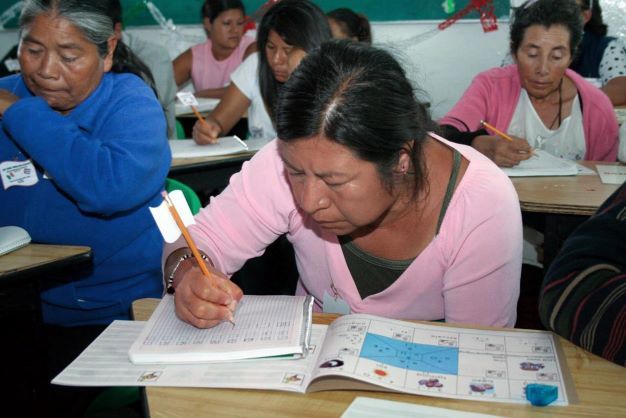Indigenous education needs articulation and continuity
Technical high schools or online degree programs are available to students in rural locations, but there is a dearth of institutions of higher education that emphasize global perspectives and understanding.





